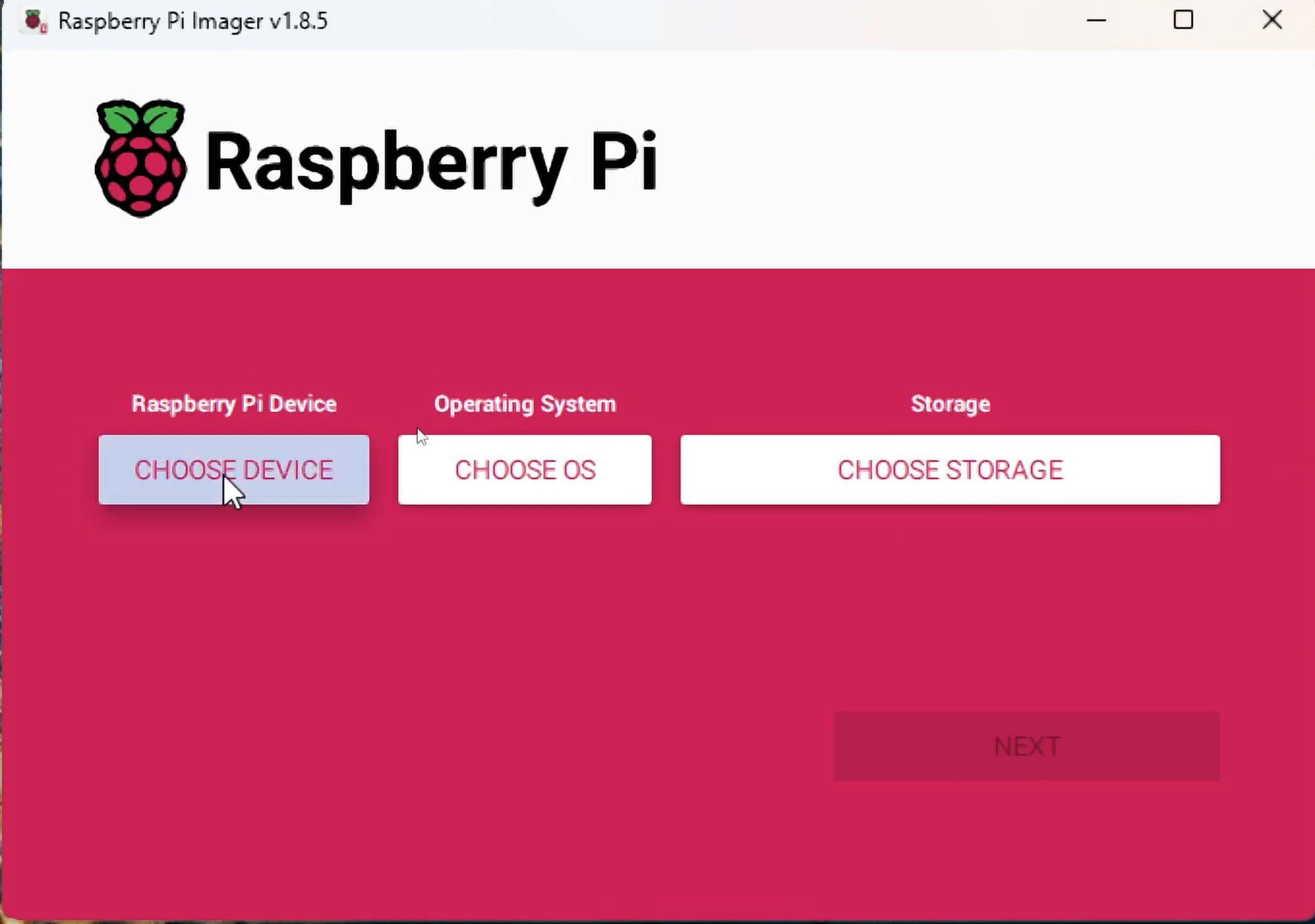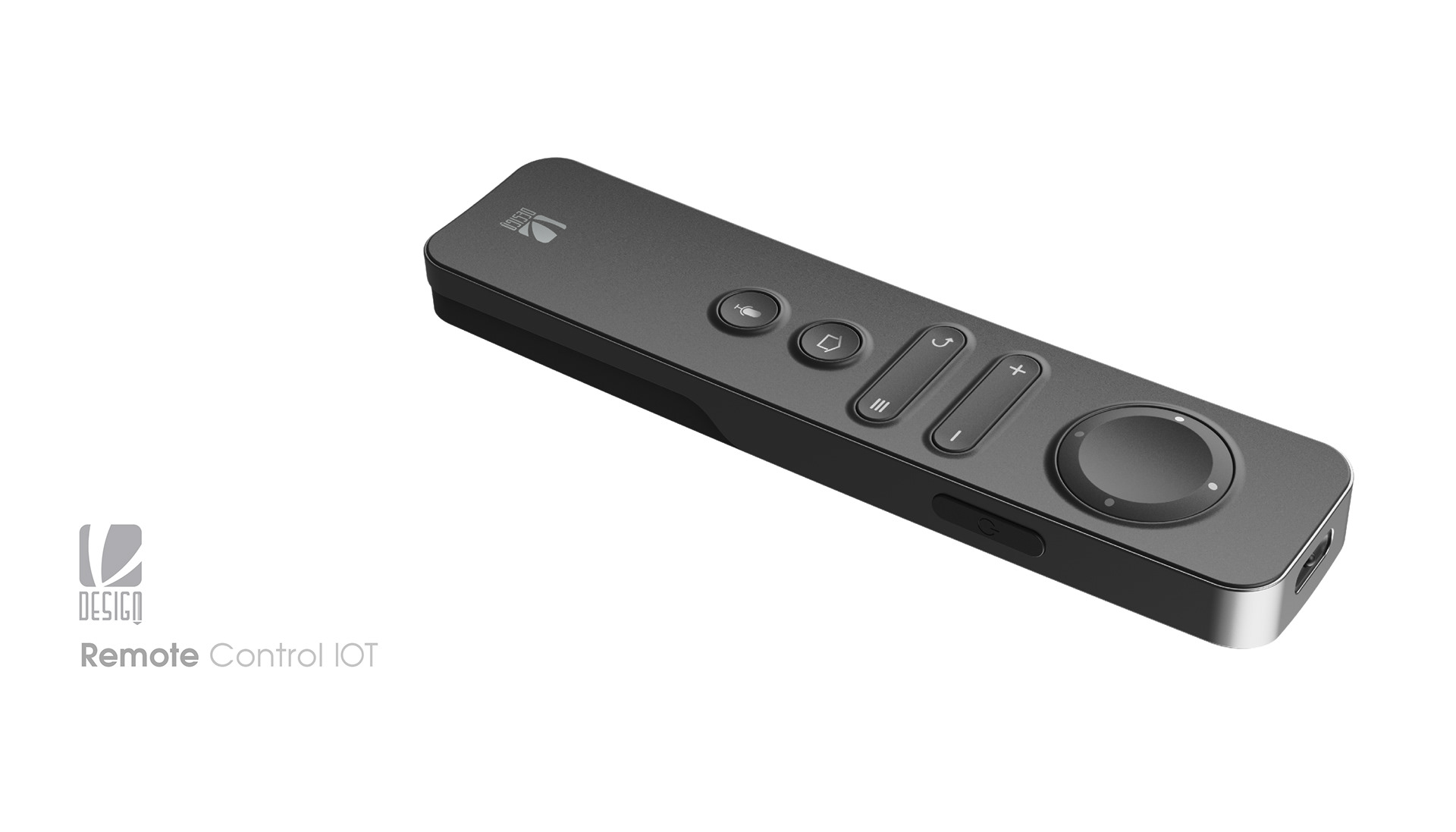Hey there, tech enthusiasts! If you're diving into the world of Internet of Things (IoT) or looking to remotely manage your devices securely, you've come to the right place. Remote IoT SSH free download is one of the hottest topics for anyone interested in enhancing their device management capabilities. Whether you're a beginner or an advanced user, this guide will walk you through everything you need to know about securing your IoT devices with SSH.
Imagine a world where you can control your smart home devices, monitor industrial equipment, or even manage your personal gadgets from anywhere in the world. That's the power of IoT. However, with great power comes the responsibility to ensure your devices are secure. Enter SSH – a protocol designed to keep your connections encrypted and protected. Let’s dive in!
In this article, we'll break down what SSH is, why it matters for IoT, and how you can download and set up remote IoT SSH for free. We’ll also explore some tips and tricks to make your experience smoother. So, buckle up and let's get started!
- Movierulz Romance Your Ultimate Guide To Streaming Romantic Movies
- Hdhub4u Movies Your Ultimate Destination For Blockbuster Entertainment
Here's a quick table of contents to help you navigate:
- What is SSH?
- Why SSH for IoT?
- Remote IoT SSH Free Download
- Setting Up SSH for IoT Devices
- Best Practices for Secure IoT Connections
- Tools You Need for IoT SSH
- Troubleshooting Common Issues
- Frequently Asked Questions
- The Future of IoT and SSH
- Conclusion
What is SSH?
Alright, let's start with the basics. SSH stands for Secure Shell, and it's like a superhero in the world of networking. It provides a secure way to access remote computers or devices over an unsecured network. Think of it as a secret tunnel that keeps your data safe while it travels from point A to point B.
SSH isn't just about keeping things private; it also verifies the identity of both parties involved in the connection. This means no one can pretend to be your IoT device or hack into your system without proper authentication. Pretty cool, right?
- Desi Video Your Ultimate Guide To Trending Content In 2023
- Bollyflix Com Hd Your Ultimate Destination For Bollywood Entertainment
How Does SSH Work?
Here’s a quick breakdown of how SSH operates:
- It uses encryption to protect data during transmission.
- It employs authentication methods, such as passwords or public-key cryptography, to verify identities.
- It creates a secure channel between your computer and the remote device.
Now that you know what SSH is, let's talk about why it's so important for IoT.
Why SSH for IoT?
IoT devices are everywhere these days – from smart thermostats to wearable health trackers. But here's the thing: these devices often communicate over the internet, which makes them vulnerable to attacks. That's where SSH comes in handy.
By using SSH for IoT, you can:
- Securely manage and configure remote devices.
- Protect sensitive data transmitted between devices.
- Prevent unauthorized access to your network.
Plus, SSH is lightweight and efficient, making it perfect for resource-constrained IoT devices. Who wouldn't want that?
Remote IoT SSH Free Download
Alright, now for the juicy part – getting your hands on a free SSH client for IoT. There are several options available, depending on your operating system and specific needs. Here are a few popular ones:
Top Free SSH Clients for IoT
- Putty: A classic choice for Windows users, Putty is simple and effective for managing SSH connections.
- OpenSSH: Built into most Linux distributions and macOS, OpenSSH is a powerful tool for secure communication.
- Termius: A cross-platform SSH client that works on iOS, Android, Windows, and macOS, making it super convenient.
Don't worry if you're not sure which one to choose – we'll cover how to set them up in the next section.
Setting Up SSH for IoT Devices
Setting up SSH for your IoT devices might sound intimidating, but it's actually pretty straightforward. Here's a step-by-step guide to help you get started:
Step 1: Enable SSH on Your Device
Most IoT devices have SSH disabled by default for security reasons. To enable it:
- Log in to your device's admin interface.
- Look for the "SSH" or "Remote Access" settings.
- Enable SSH and note down the port number (usually 22).
Step 2: Install an SSH Client
Choose one of the free SSH clients mentioned earlier and install it on your computer or mobile device.
Step 3: Connect to Your IoT Device
Once your SSH client is ready, enter your device's IP address, username, and password to establish a connection. If everything is set up correctly, you should now have secure access to your IoT device.
Best Practices for Secure IoT Connections
Now that you know how to set up SSH for IoT, let's talk about some best practices to keep your connections as secure as possible:
- Use strong, unique passwords for each device.
- Consider using public-key authentication instead of passwords for added security.
- Regularly update your devices' firmware to patch any vulnerabilities.
- Limit SSH access to trusted IP addresses whenever possible.
Following these tips will go a long way in protecting your IoT ecosystem.
Tools You Need for IoT SSH
Besides the SSH client itself, there are a few other tools that can enhance your IoT SSH experience:
Network Monitoring Tools
These tools help you keep an eye on your network and detect any suspicious activity. Some popular options include:
- Wireshark: A network protocol analyzer that lets you capture and analyze traffic.
- Splunk: A powerful platform for monitoring and analyzing machine data.
Automation Tools
If you manage multiple IoT devices, automation tools can save you a ton of time. Check out:
- Ansible: A configuration management tool that supports SSH-based automation.
- Ansible: Another great option for automating repetitive tasks.
Troubleshooting Common Issues
Even with the best preparation, things can sometimes go wrong. Here are a few common issues you might encounter and how to fix them:
Connection Refused
If you get a "connection refused" error, double-check the following:
- Your device's IP address and port number.
- That SSH is enabled on the device.
- That there are no firewall rules blocking the connection.
Authentication Failed
If you're having trouble authenticating, ensure that:
- Your username and password are correct.
- You're using the right key file for public-key authentication.
Frequently Asked Questions
Got more questions? Here are some answers to common queries:
Is SSH the Only Option for IoT Security?
Not at all! While SSH is a great choice, there are other protocols like HTTPS and MQTT that also offer secure communication options.
Can I Use SSH on All IoT Devices?
Most modern IoT devices support SSH, but it depends on the specific hardware and software. Always check the device's documentation.
The Future of IoT and SSH
As IoT continues to grow, so does the need for robust security solutions. SSH will undoubtedly play a crucial role in this evolution, providing a reliable way to secure connections across billions of devices. Exciting times ahead!
Conclusion
So there you have it – everything you need to know about remote IoT SSH free download and setting it up for your devices. By following the steps and best practices outlined in this guide, you can ensure your IoT ecosystem remains secure and efficient.
Now it's your turn! Try out SSH on your IoT devices and let us know how it goes. Got any tips or tricks of your own? Share them in the comments below. And don't forget to check out our other articles for more tech insights. Stay safe and keep innovating!
- Ullu Web Series A Revolution In Indian Digital Entertainment
- Yumi Etoo The Rising Star Redefining Creativity


